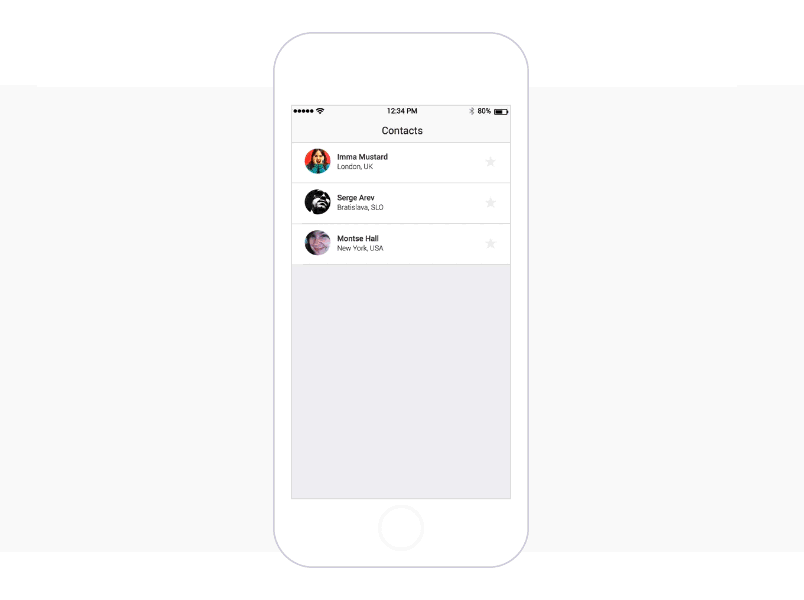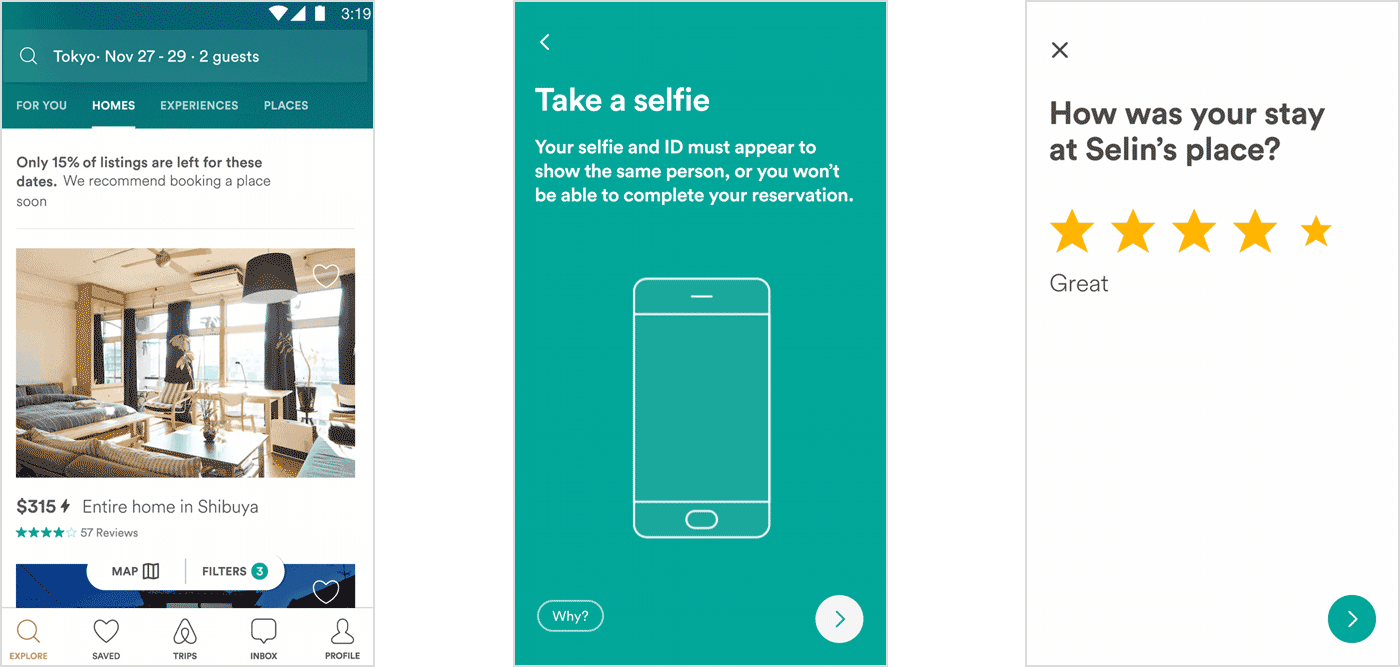


With Justinmind, it’s quick and easy to simulate responsive behavior in your Android app wireframes. In material design, responsive behavior is made possible with a flexible grid that ensures consistency across layouts and breakpoints that enable the flow of content across screens of different sizes.

Responsive layout, meaning a layout that can adapt to multiple screen sizes (see more on this here), is a principle component of material design in Android apps. To create a guide, simply click on the rulers and drag and drop the guide where you want it. Pay attention to UI regions, defining the primary horizontal or vertical dividers using the customizable guides and green lines in Justinmind. The grids help you to adjust your wireframe design down to the last pixel and the rulers help to align UI elements on the page easily. Luckily, Justinmind takes the stress out designing the layout. Getting the structure of your android app wrong is a material design faux pas. Simulation of an Android permanent app bar and floating action button in Justinmind Justinmind’s Android widget library contains a complete set of industry standard material design buttons, including the floating action button: When pressed, it may contain more related actions. Shaped like a circled icon floating above the UI, it changes color upon focus and lifts upon selection. An important visual element of the Android OS is the floating action button, used to represent the primary action in an application.Īccording to the material design guidelines, the floating action button is distinguished by a circular material button that lifts and displays an ink reaction on press. You can find more on material properties here, the style of which intends to ‘immerse the user in the experience’. Material design uses print-based design elements, including typography, space, color and imagery, to create visual hierarchy between elements. After all, it’s all about the process: awesome process, awesome wireframe! Designing the perfect layout for your Android wireframes Material design principles and the floating action button
#Justinmind mobile examples how to#
In this post, we’ll look at three aspects of material design that serve as guidelines to Android app design - layout, motion and navigation - and how to simulate these in Justinmind prototyping tool. We recently wrote about Google’s material design principles in relation to Justinmind’s Android Lollipop and Nougat UI libraries. Putting Google’s material design principles into practice to create outstanding Android mobile app wireframes with Justinmind prototyping tool.


 0 kommentar(er)
0 kommentar(er)
